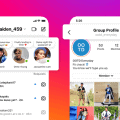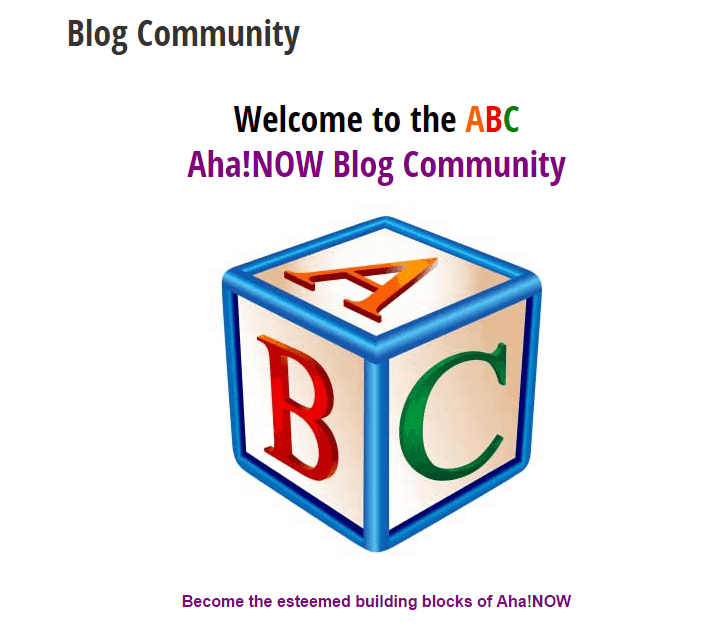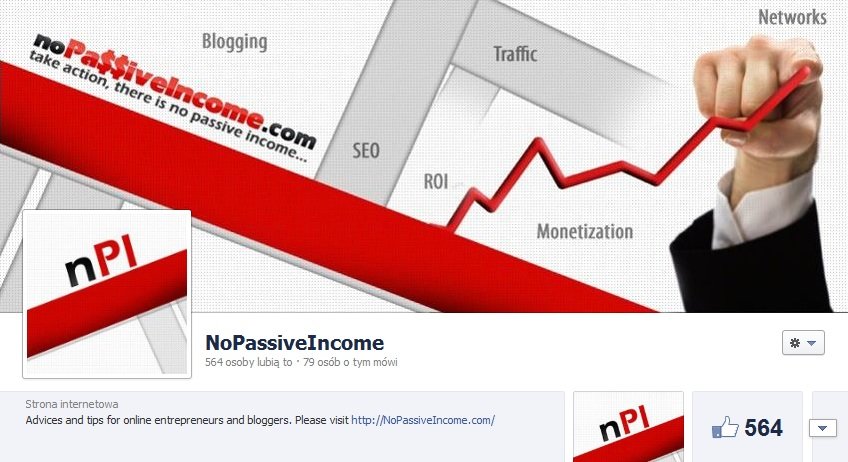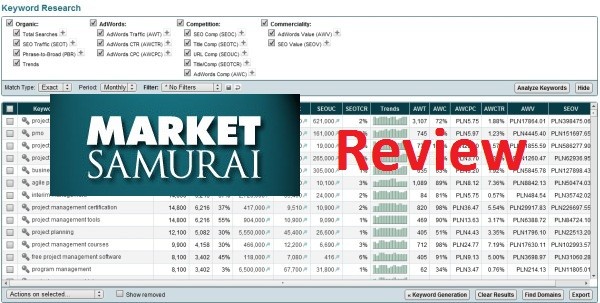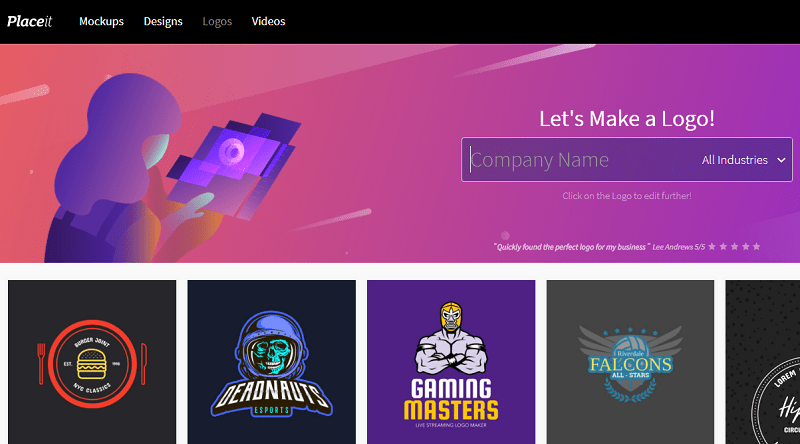Pinterest has become synonymous with creative inspiration, idea sharing, and visual discovery, making it a go-to platform for DIY enthusiasts and small business owners alike. However, the digital landscape is rich with other platforms that offer unique features and communities for those looking to expand their horizons beyond Pinterest.
Here, we explore five alternatives that cater to various aspects of creativity, collaboration, and business promotion.
Table of Contents
1. Dribbble (https://dribbble.com)

Pros:
- Niche Focus on Design: Dribbble is a community for designers, by designers. It’s a space where professionals showcase their work, ranging from graphic design and branding to web and UI/UX designs.
- High-Quality Network: The platform is known for its high standard of work, making it an excellent place for finding inspiration and hiring talent.
- Engaged Community: Users can receive constructive feedback, participate in discussions, and attend meetups.
Cons:
- Exclusive Membership: To post work, users need an invitation from existing members, which can be a barrier for newcomers.
- Less Diverse Content: Focused primarily on design, it might not cater to as wide a variety of interests as Pinterest.
Examples of Successful Users: Many top designers and agencies share their portfolios on Dribbble, using the platform to gain visibility among peers and potential clients.
2. Pearltrees (http://www.pearltrees.com)
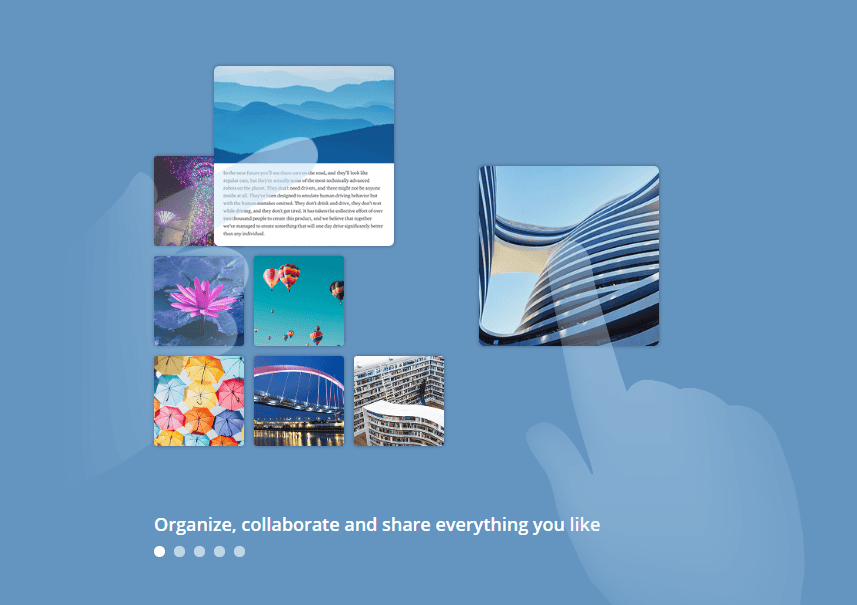
Pros:
- Content Curation and Collaboration: Pearltrees allows users to collect, organize, and share any URL they find online, as well as upload personal content.
- Versatile Uses: From personal interest collections to comprehensive project management, the platform supports a wide range of activities.
- Community Exploration: Users can explore and connect with others who have similar interests, fostering a sense of community.
Cons:
- Learning Curve: The unique interface and concept may take some time for new users to adapt to.
- Visual Appeal: The interface, while unique, may not appeal to users accustomed to Pinterest’s highly visual layout.
Examples of Successful Users: Educators, researchers, and marketers find Pearltrees useful for organizing resources and creating shareable content collections.
3. Behance (https://www.behance.net)

Pros:
- Professional Exposure: Behance, part of the Adobe family, is a platform where creative professionals can showcase their work and discover others’ projects.
- Wide Range of Creative Fields: It covers a broad spectrum of disciplines from photography and illustration to fashion and architecture.
- Job Opportunities: The platform is integrated with Adobe Talent, where creatives can find job listings and freelance opportunities.
Cons:
- Competitive: With so many professionals showcasing their work, standing out can be challenging.
- Focus on Creative Industries: While it’s an excellent resource for creative inspiration, it might not cater to the broader DIY and hobbyist audience of Pinterest.
Examples of Successful Users: Many renowned artists, designers, and photographers use Behance to display their portfolios and connect with potential clients.
4. We Heart It (https://weheartit.com)

Pros:
- Millennial Appeal: We Heart It is a social network that focuses on inspirational visuals, often popular among younger users.
- Simple Navigation: With its endless scrolling and easy-to-use interface, the platform makes it effortless to get lost in pretty pictures.
- Community Interaction: Users can like, collect, and share images, as well as follow other users with similar interests.
Cons:
- Limited Business Application: The platform’s primary focus on personal interests may make it less suitable for businesses looking to promote their products or services.
- Lack of Organization Features: Unlike Pinterest’s boards, We Heart It doesn’t have a system for organizing and categorizing images.
Examples of Successful Users: Influencers and bloggers often use We Heart It to curate aesthetics, mood boards, and inspiration for their platforms.
5. Tumblr (https://www.tumblr.com)

Pros:
- Vast Creative Community: Tumblr is a microblogging and social networking platform with over 500 million blogs covering various interests, including art, photography, and design.
- Ease of Sharing: Users can share multimedia content quickly, making it an excellent option for showcasing visual work.
- Interactive and Collaborative Features: The platform allows for reblogs, comments, and messaging, fostering interaction among users.
Cons:
- Informal Environment: Tumblr’s casual nature may not appeal to professionals looking for a more polished and formal platform.
- Low Discoverability: With so much content on the platform, it can be challenging to stand out and gain a following.
Examples of Successful Users: Many artists, photographers, and bloggers use Tumblr to share their work and build a community around their interests. Some businesses also utilize the platform for content marketing and promoting products in an informal setting.
Conclusion
While Pinterest remains a top choice for creative inspiration and business growth, various alternative platforms cater to different aspects of visual media and community engagement. Whether you are a designer looking to showcase your work, a blogger in search of inspiration, or a business seeking a new platform for promotion, exploring these options can provide fresh perspectives and opportunities to expand creativity and collaboration. So go ahead and explore these platforms to find the one that best suits your needs!



